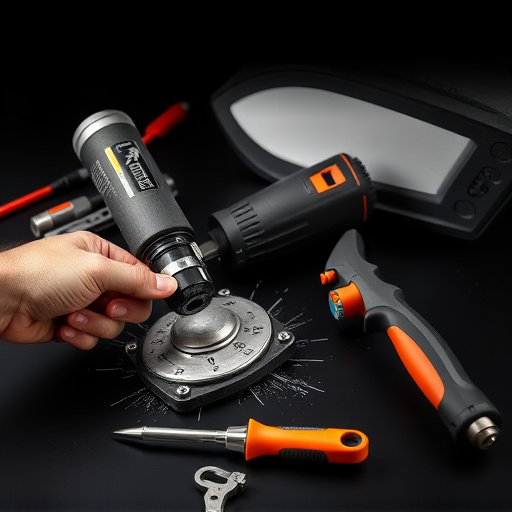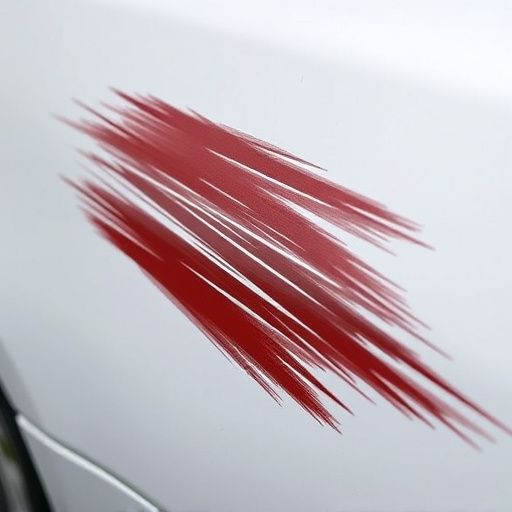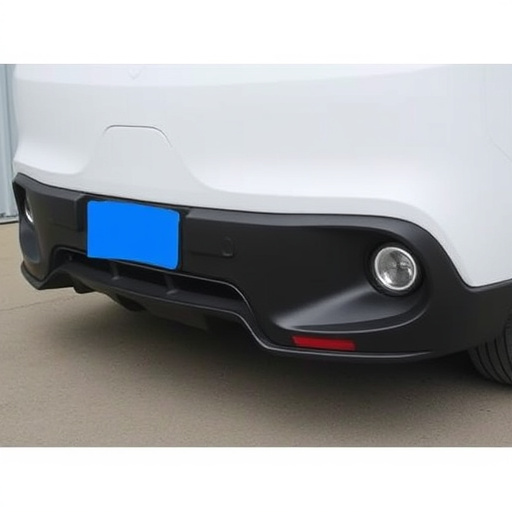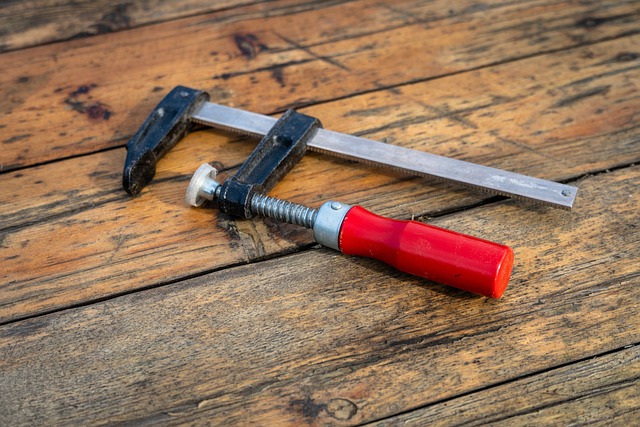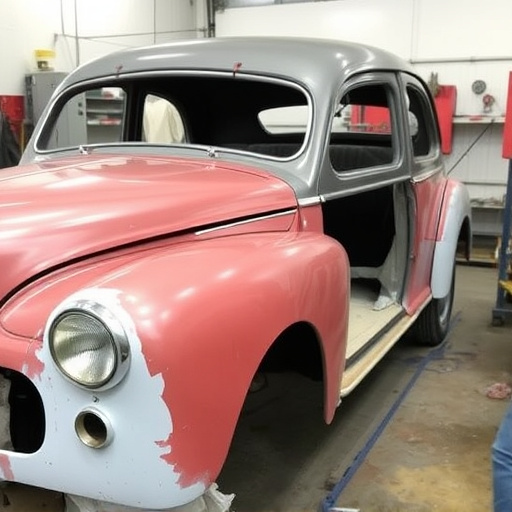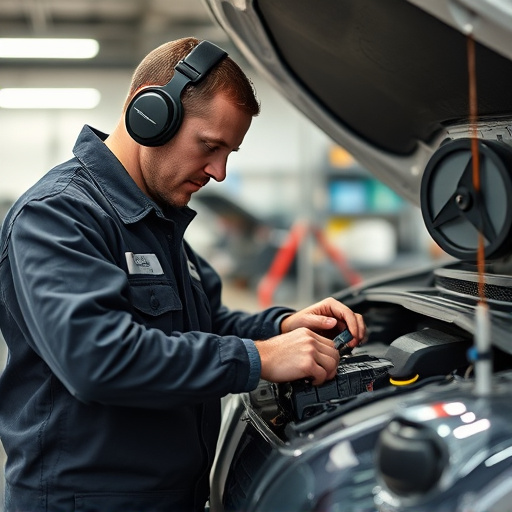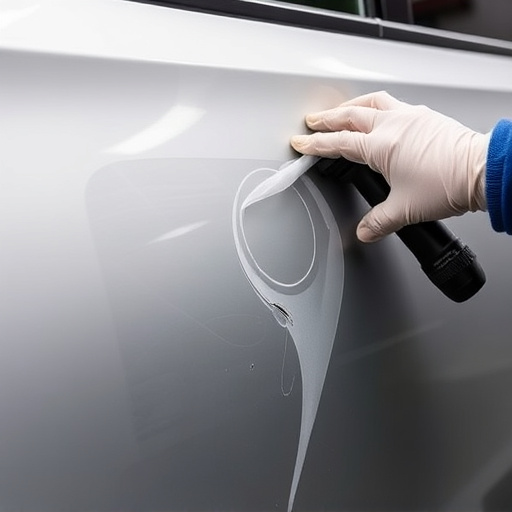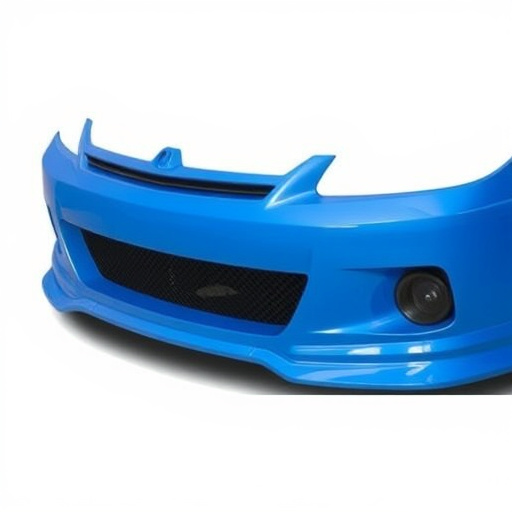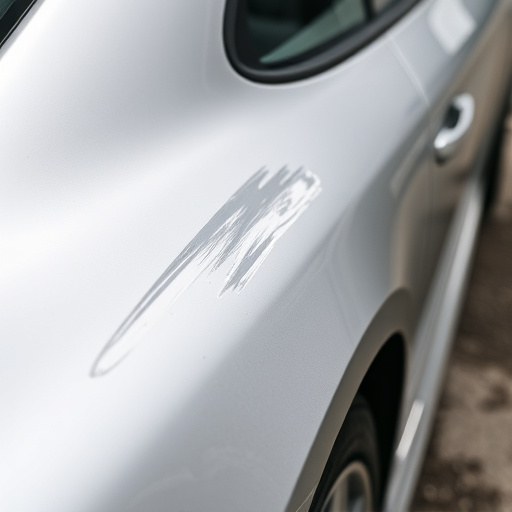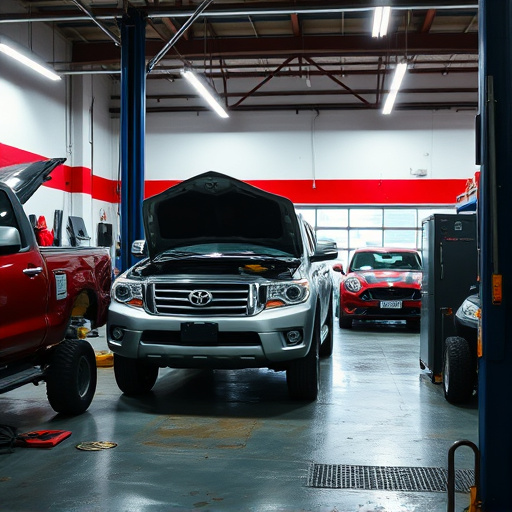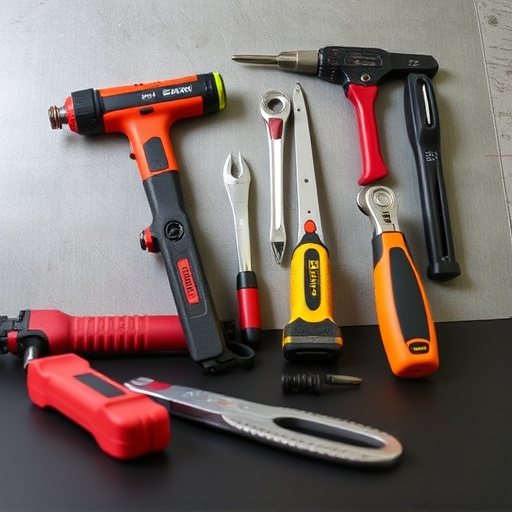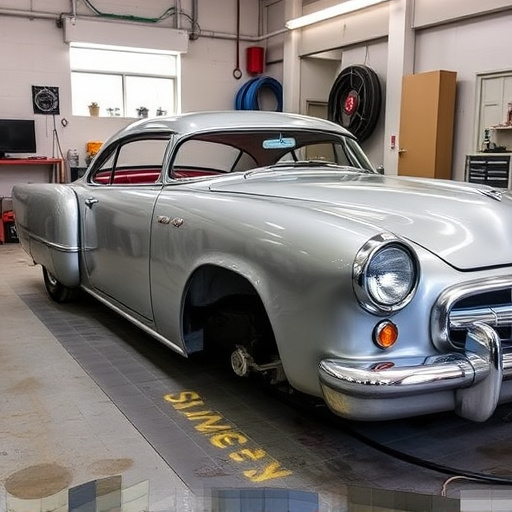A hydraulic frame machine is a versatile and powerful tool for industrial operations, offering precise control over shaping tasks through hydraulics. Its customizable tool attachments adapt to various applications, from car dent removal to fleet maintenance, enhancing productivity. Strategic anchoring points are critical for stability, precision, and safety during operations like car paint services and vehicle repairs, allowing technicians to customize machine performance for diverse tasks. Optimal placement of these points streamlines processes like automotive restoration and bodywork repairs, ensuring precise movements, reduced damage, faster outcomes, and higher quality.
In the realm of industrial machinery, the hydraulic frame machine stands as a versatile workhorse, capable of immense force and precision. Understanding its fundamentals is crucial for efficient operations. This article delves into the critical role of anchoring points in stabilizing these machines. By examining the strategic placement of anchoring points, readers will gain insights into optimizing performance and enhancing safety during hydraulic frame machine operation.
- Understanding Hydraulic Frame Machine Fundamentals
- Anchoring Points: Key Components for Stability
- Optimizing Operations through Strategic Placement
Understanding Hydraulic Frame Machine Fundamentals
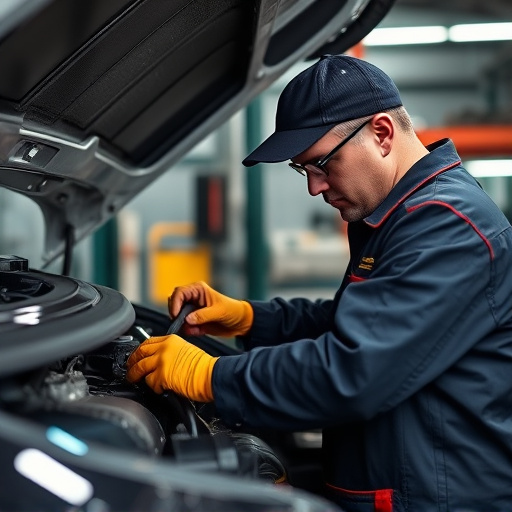
A hydraulic frame machine is a versatile tool that forms the backbone of many industrial operations, including vehicle dent repair and car dent removal processes. Understanding its fundamentals is crucial for efficient fleet repair services and optimal utilization. At its core, this machine leverages hydraulic power to generate precise and controlled force, enabling complex shaping and forming tasks. The primary components include a robust frame structure, powerful hydraulic pumps, and specialized tools that allow for intricate manipulation of materials, making it indispensable in various industries.
The versatility of these machines stems from their ability to adapt to different applications through customizable tool attachments. Whether it’s performing minor car dent removal or handling larger-scale fleet repair services, the hydraulic frame machine offers the necessary force and control. This adaptability not only enhances productivity but also ensures that a single piece of equipment can cater to diverse needs, making it an invaluable asset for any automotive or manufacturing workshop.
Anchoring Points: Key Components for Stability
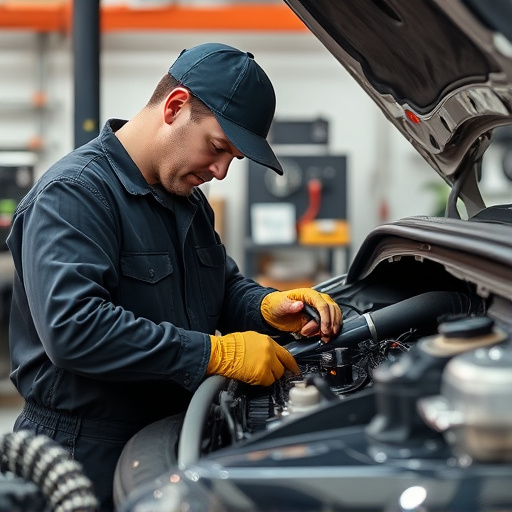
In the operation of a hydraulic frame machine, anchoring points are pivotal components that ensure stability and precision during various tasks such as car paint services and vehicle repair. These points serve as the foundation upon which the machine’s immense force is securely transferred, preventing movement or shifting while enabling controlled manipulation of the workpiece. Without robust anchoring, the structural integrity of the hydraulic frame machine could be compromised, leading to potential safety hazards and subpar results in auto painting processes.
Each anchoring point is meticulously designed to withstand high tensile strengths while maintaining a stable connection with the machine’s framework. Depending on the specific application, these points can be adjusted for flexibility, allowing technicians to tailor the machine’s performance to unique requirements during tasks like car paint services or complex auto painting procedures. This adjustability ensures that the hydraulic frame machine remains versatile and effective across diverse automotive repair and refinishing needs.
Optimizing Operations through Strategic Placement
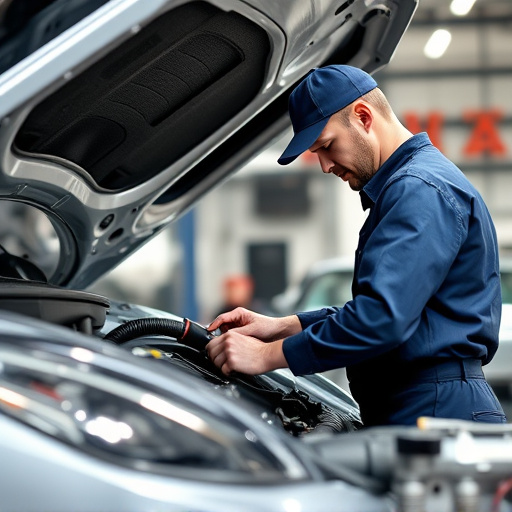
The strategic placement of anchoring points is a key aspect of optimizing operations for a hydraulic frame machine. By carefully considering the layout and positioning of these crucial components, operators can significantly enhance the efficiency and effectiveness of their work. This involves understanding the specific needs of various tasks, such as automotive restoration or vehicle bodywork repairs. When properly implemented, strategic placement ensures that the machine’s movements are precise, minimizing damage to delicate car body parts and streamlining the overall repair process.
For instance, in automotive restoration projects, precise anchoring points allow for controlled adjustments during frame straightening, ensuring that each section of the car bodywork is aligned accurately. This meticulous approach not only saves time but also reduces the risk of misalignment or additional damage to already restored sections. Optimized operations translate into higher-quality outcomes, faster turnaround times, and ultimately, a more satisfying experience for both the technicians and the customers.
Hydraulic frame machines are versatile tools that rely on stable anchoring points for optimal performance. By understanding the fundamental operations and strategically placing these points, users can enhance stability and efficiency. This ensures safe and effective operation, making anchoring points a crucial consideration in the world of hydraulic frame machinery.
